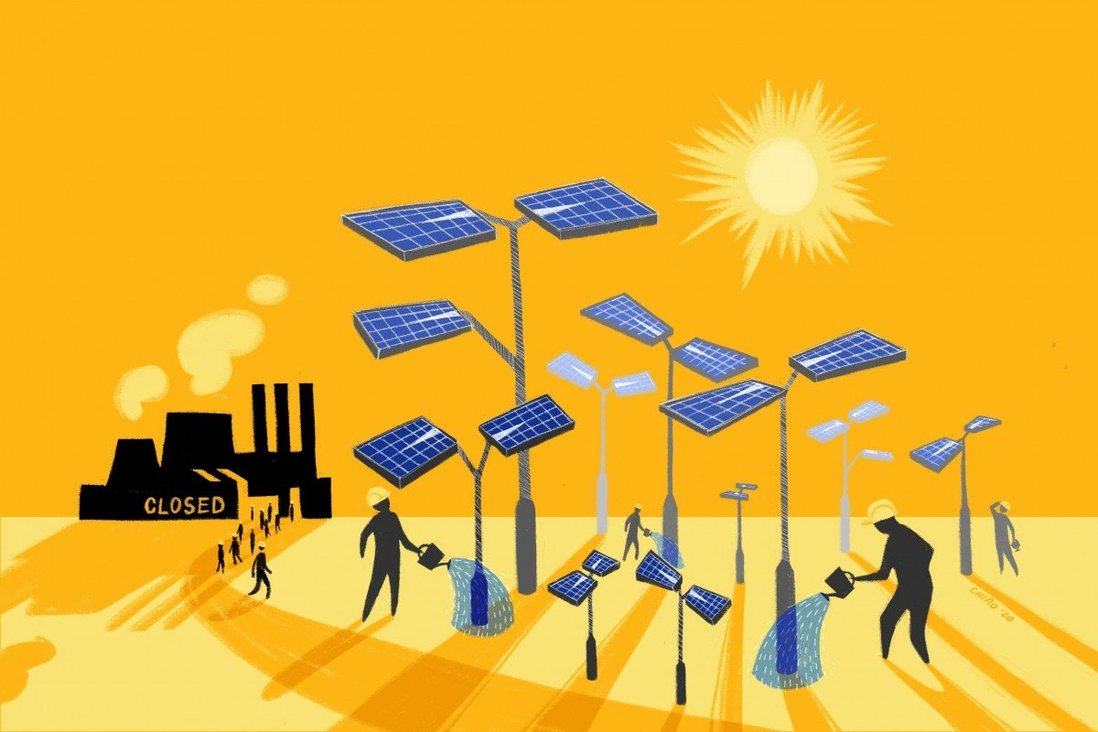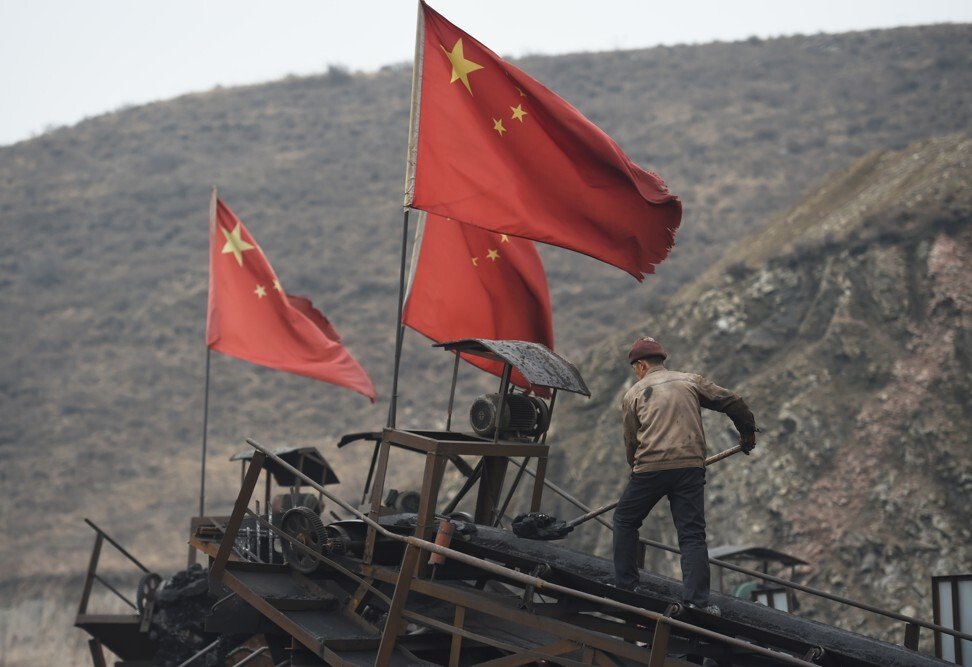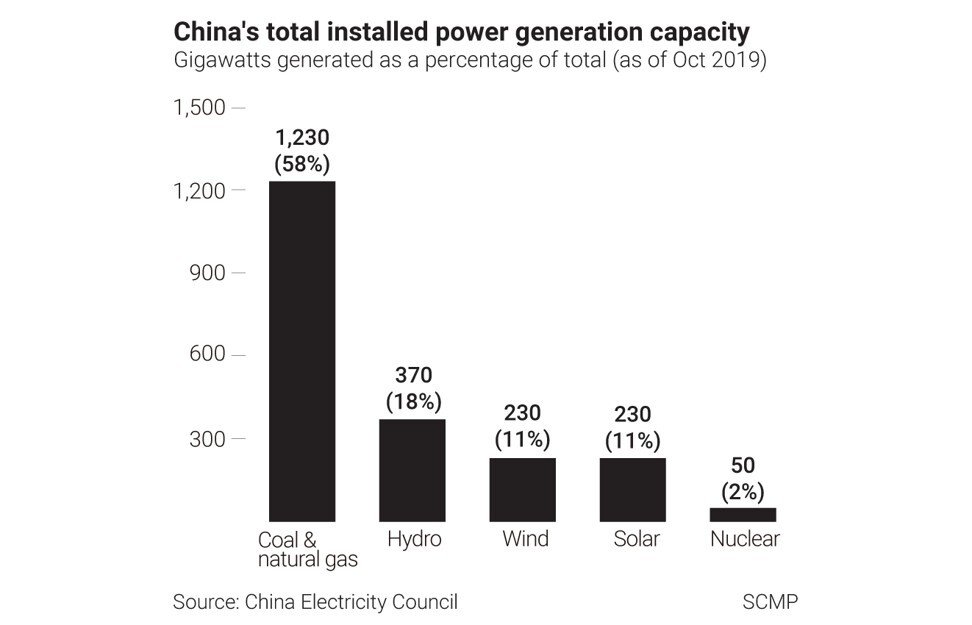En tiempos de pandemia, cuando hemos escuchado hablar de más de tres millones de muertes en el mundo ocasionadas solamente por el Covid-19, es preciso comenzar a pensar en el impacto negativo que tiene los decesos de los seres humanos en el medio ambiente.
Prácticas tan generalizadas que se han vuelto costumbres y tradiciones, como la sepultura o la cremación de algún ser querido, son poco cuestionadas sobre la cantidad de emisiones de carbono y otros contaminantes que contribuyen al calentamiento global.
Recompose, una empresa funeraria “progresista” ubicada en Seattle, estado de Washington, Estados Unidos, ha creado un nuevo ritual de despedida de los seres humanos de una manera mucho más sustentable y amigable con el medio ambiente, aunque tal vez escandalosa para muchos. Su meta, es dejar atrás los procesos convencionales y contaminantes y recibir al compostaje humano, para así hacer uso de la famosa frase “tierra eres y en tierra te convertirás”.
Por ahora, Washington es el único lugar en Estados Unidos en el que se realiza este método, pues en 2019 se legalizó a nivel local la reducción orgánica natural como una opción posterior a la vida.
“Conviértete en tierra cuando mueras”, anuncia en su página de internet Recompose mientras explica el innovador proceso para dar eterno descanso a las personas que han fallecido. La empresa utiliza un proceso llamado reducción orgánica natural para transformar suavemente los restos humanos en suelo, el cual se puede utilizar para regenerar la tierra de bosques, jardines, campos, etcétera.
“Con un enfoque que es tan práctico como significativo, Recompose conecta el final de la vida con el mundo natural”, asegura.
Con el proceso de reducción orgánica se utiliza los principios de la naturaleza para devolver los cuerpos a la tierra, reteniendo carbono y mejorando la salud de nuestro entorno natural.
Resultados presentados en la reunión anual de la American Association for the Advancement of Science, de acuerdo con la Universidad Nacional Autónoma de México, sugieren que el compostaje, también llamado reducción orgánica natural, es una forma fácil de manejar los cadáveres en la Tierra.
Lo anterior se debe a que los cuerpos humanos son un excelente alimento para los gusanos. Al menos a esa conclusión llegaron de los experimentos pilotos del proyecto ‘Urban Death, de la Universidad Estatal de Washington, con el que se estudiaron a seis cadáveres a los que se les dejó descomponerse entre astillas de madera y otros materiales orgánicos.
En conferencia de prensa, la presentadora del proyecto, Lynne Carpenter-Boggs, indicó que los seis cuerpos “fueron colocados en recipientes que contenían material vegetal y éstos fueron rotados rutinariamente para proporcionar condiciones óptimas para la descomposición”.
Bajo este proceso, tardó aproximadamente de cuatro a siete semanas en que los microbios en el material redujeron los cuerpos a esqueletos.
Descanso eterno y contaminante
De acuerdo con la empresa, las prácticas funerarias actuales dejan severas secuelas a nuestro planeta. En México, el último registro del Instituto Nacional de Estadística y Geografía (Inegi) indicó que en 2019 murieron 747 mil 784 personas; no obstante, y aunque las cifras no han sido especificadas aún, con la llegada de la pandemia, la mortalidad en México aumentó por lo que el presidente de la junta de gobierno del Inegi, Julio Santaella, estimó que en el 2020, por primera vez en la historia de nuestro país, podrían rebasar el millón de defunciones.
Lo anterior es relevante porque en México, los únicos métodos legales para despedir a un cuerpo humano son la sepultura y la cremación.
En torno a ello, Recompose asegura que la cremación es considerada agresiva para el medio ambiente porque quema combustibles fósiles y emite dióxido de carbono y partículas a la atmósfera.
Por su parte, el entierro convencional consume terrenos urbanos valiosos, contamina el suelo y contribuye al cambio climático a través de la fabricación y el transporte de ataúdes, lápidas y revestimientos de tumbas que requieren muchos recursos.
Por lo que concluye que el impacto ambiental general del entierro y la cremación convencionales es aproximadamente el mismo.

Una alternativa amigable para el planeta
Por el contrario, la reducción orgánica promete ser una solución amigable con el medio ambiente. De acuerdo con Recompose, por cada persona que elige el compostaje humano en vez de un entierro o la cremación, se evita que una tonelada métrica de dióxido de carbono entre a la atmósfera.
Según señala, el compostaje humano requiere un octavo de la energía de un entierro o cremación convencional y, como una ventaja, fortalece al medio ambiente en lugar de agotarlo, lo que denomina como “salud del suelo”.
“La descomposición de la materia orgánica es un componente esencial en el ciclo que permite que la muerte de un organismo alimente la vida de otro. El suelo es la base de un ecosistema saludable. Filtra el agua, proporciona nutrientes a las plantas, retiene carbono y ayuda a regular la temperatura global”, detalla la empresa.
Aunado a ello, el suelo resultante del compostaje humano cumple con los estándares de seguridad establecidos por la Agencia de Protección Ambiental de Estados Unidos para contaminantes como los metales pesados.
En el proceso de la reducción orgánica tiene como beneficio adicional matar a los patógenos peligrosos, según el estudio de la Universidad Estatal de Washington, a lo que se le denomina como “esterilización automática”.
No obstante y lamentablemente, esta opción aún no es viable para todas las personas, pues de acuerdo con el estudio, el calor que se produce en el proceso no mata a los priones, unas proteínas mal plegadas extremadamente duraderas que pueden causar enfermedades.
Lo anterior podría significar que el compostaje “no estaría permitido para las personas que fueron diagnosticadas con encefalopatías espongiformes transmisibles (EET), como la enfermedad de Creutzfeldt-Jakob“, dijo la investigadora Carpenter-Boggs.
¿Cómo se lleva a cabo el compostaje humano?
Quizá este tema sea novedoso y desconocido para muchas personas. La empresa funeraria ha detallado que el compostaje humano se realiza a través cinco fases, en las cuales los microbios, el oxígeno y la materia vegetal se combinan para convertir los restos humanos en suelo. A continuación profundizaremos en las etapas:
- Comienza el ciclo: la reducción orgánica natural (NOR), también conocida como compostaje humano, está impulsada por microbios beneficiosos que se presentan naturalmente en nuestros cuerpos y en el
- La colocación: el personal de Recompose coloca el cuerpo en una “cuna” rodeado de astillas de madera, alfalfa y paja. La cuna se coloca en un recipiente Recompose y se cubre con más material vegetal.
- El recipiente: el cuerpo y el material vegetal permanecen en el recipiente durante 30 días. Los microbios descomponen todo a nivel molecular, lo que da como resultado la formación de un suelo rico en nutrientes.
- La tierra: cada cuerpo crea una yarda cúbica de enmienda de suelo, que se retira del recipiente y se deja curar. Una vez completado, se puede utilizar para enriquecer tierras de conservación, bosques o
- La vida después de la muerte: el suelo creado devuelve los nutrientes de nuestros cuerpos al mundo natural. Restaura bosques, retiene carbono y nutre nueva vida.

Bells Mountain Forest.
Perdurar en un bosque
Una vez terminado el proceso en el que el cuerpo humano se integra al suelo, Recompose da la opción a la persona o a los familiares de donar el compostaje a Bells Mountain, un bosque ubicado en Washington en donde se contabilizan cerca de 700 acres.
Este bosque es un área natural protegida legalmente. Los cuidadores de la tierra utilizan el suelo donado por Recompose para apoyar la revitalización continua de los humedales, los hábitats ribereños, las plantas locales y las especies de vida silvestre vulnerables.
“Después de un siglo de abuso y abandono, las tierras despejadas azotadas por el sol y el viento quedan con suelos degradados y bosques atrofiados. El suelo que ofrece Recompose enriquecerá los campos talados en recuperación, ayudándolos a florecer una vez más”, expone la funeraria en su invitación a la donación de suelo.
Además, agrega que un suelo saludable potencia el manejo holístico de los pastizales y el desarrollo ecológico, con lo que se reduce los impactos climáticos negativos y contribuye a la regeneración de los ecosistemas naturales.
La despedida del ser querido: un ritual sumamente simbólico
La muerte sostenible a través del compostaje humano no solo es amigable con el planeta, sino que también lleva consigo una carga simbólica sumamente fuerte como la de cualquier otro ritual de despedida. Aún más allá de la idea de que nuestros cuerpos vuelven a la tierra y a la naturaleza, Recompose ha creado toda una ceremonia para marcar lo que ellos llaman el “proceso de transición” antes de llevar los cuerpos a las cunas de compostaje.
Usualmente, los familiares pueden decir el número de invitados al evento, aunque por motivos de la pandemia, actualmente todo el proceso se transmite en video.
En el momento de la instalación, es posible observar las vasijas blancas, plantas y una imagen proyectada del bosque de Bells Mountain. Todo ello rodea al cuerpo de la persona fallecida, el cual estará a la vista, acostado en la cuna y envuelto en una tela natural.
“La participación es opcional y puede verse y sentirse diferente para cada persona o familia. Algunas personas deciden tener un espacio para compartir recuerdos, mientras que otras usan este tiempo para aprender sobre la transformación de su persona en tierra”, expresa la empresa.
“Una colocación puede ser hermosa y completa”, asegura, y se pueden incluir velas encendidas, la compañía de un líder religioso u orador, la presentación de imágenes, lecturas, música, entre otras cosas más.
https://www.elsoldemexico.com.mx/doble-via/ecologia/natural-recompose-morir-sin-impactar-al-medio-ambiente-contaminacion-muertes-funerales-6651035.html
Este artículo fue compartido como parte del World News Day 2021, una campaña global que destaca el papel fundamental del periodismo basado en hechos a la hora de proveer noticias e información fiables al servicio de la humanidad.



















































